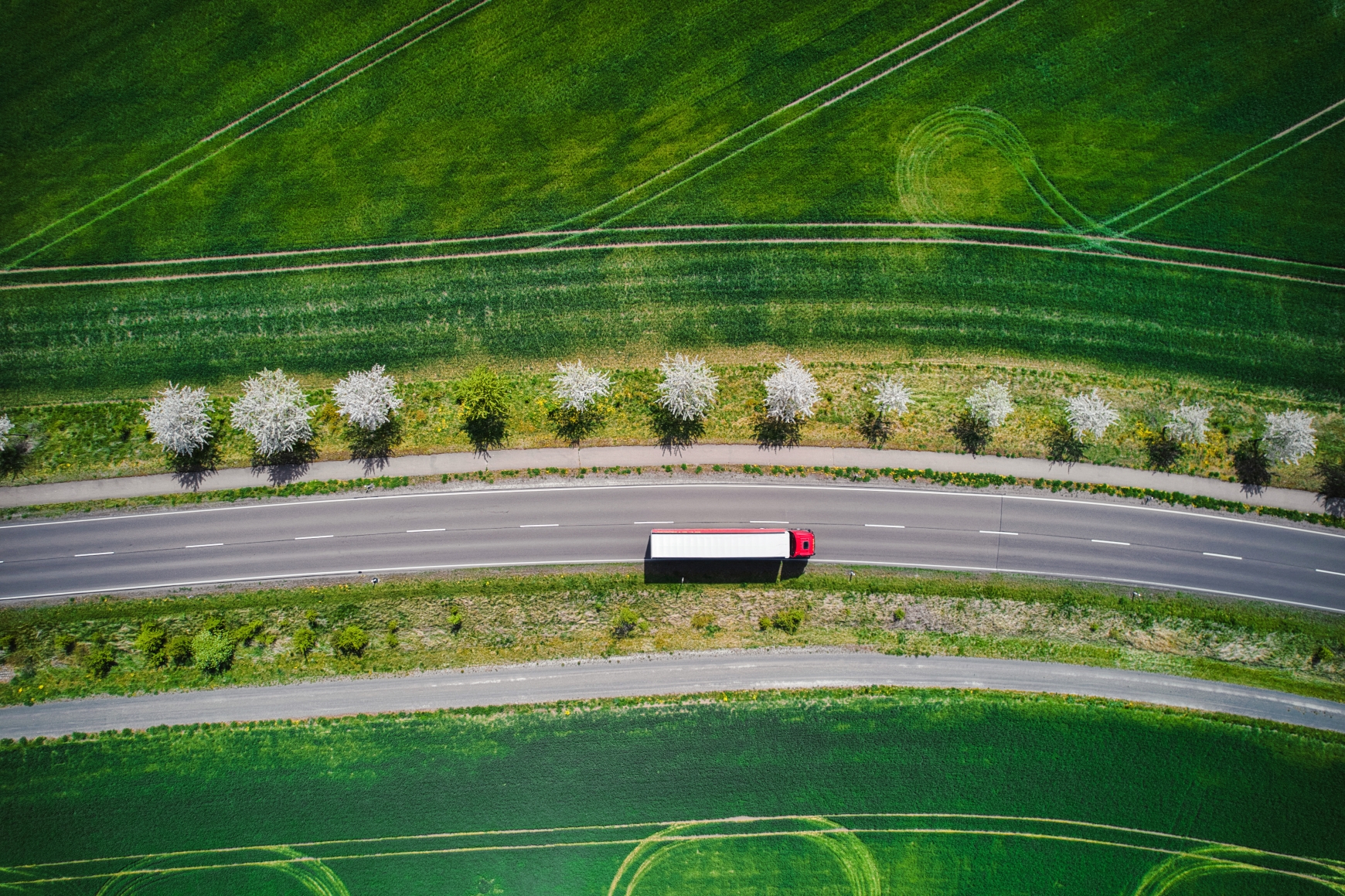Following on from last Month’s British Farmer and Grower article on the Green Gas Support Scheme, Project Engineer and expert, James Wayman explains another government incentive for AD plants where biogas is enriched to produce biomethane to be injected into the national gas grid.
What is the RTFO and who does it apply to?
The Renewable Fuel Transport Obligation (RTFO) is one of the Government's main policies for reducing greenhouse gas emissions from fuel supplied for use in road, waterway, tractor, and aviation vehicles. The RTFO commenced on 15 April 2008 and is intended to deliver reductions in greenhouse gas emissions from fuel used for transport purposes by encouraging the supply of renewable fuels. Renewable Transport Fuel Certificates (RTFCs) are used to track fuel produced from eligible renewable sources, from supplier to end-use consumer.
How does the RTFO work?
Biomethane producers can earn RTFCs based on each unit of biomethane that is used for fuel in road vehicles; each RTFC has a monetary value that can be traded.
For biomethane producers, 1.9 RTFCs may be claimed per kilogram of biomethane supplied (this is doubled to 3.8 RTFCs per kilogram where the biomethane is derived from certain feedstocks that are wastes or residues).
The price of an RTFC is market driven, principally determined by the differential cost of fossil diesel and used cooking oil. At the end of June 22, we were aware of RTFCs trading for around 36pence – this equates to a reward of 4.9pence per kWh of biomethane injected (for crop feedstocks) and 9.8 pence per kWh of biomethane injected (for waste feedstocks). RTFCs can be quite volatile; for this reason, many AD sites interested in capitalising on RTFOs, often still chose to secure government funding too (for example through GGSS, or formerly the RHI) to provide some price certainty.
Where does this fit into an Energy Management Plan and what NFU Energy can do for our customers?
To join the RTFO scheme a biomethane producer must make an application to the Department for Transport. At the time of writing NFU Energy is about to sign up its first RTFO client to make the application on their behalf.
What do you see as the next step for biomethane looking forward?
CO2 is a large 'waste' product left after biomethane upgrading; there is going to be an increasing interest in capturing biogenic CO2 in the coming few years. It is generally vented to atmosphere at the moment but could make an AD plant several thousand pounds per day. As of March 2022, there were 670 AD plants, of which 122 were biomethane plants; only 11 of these are currently capturing the CO2.


